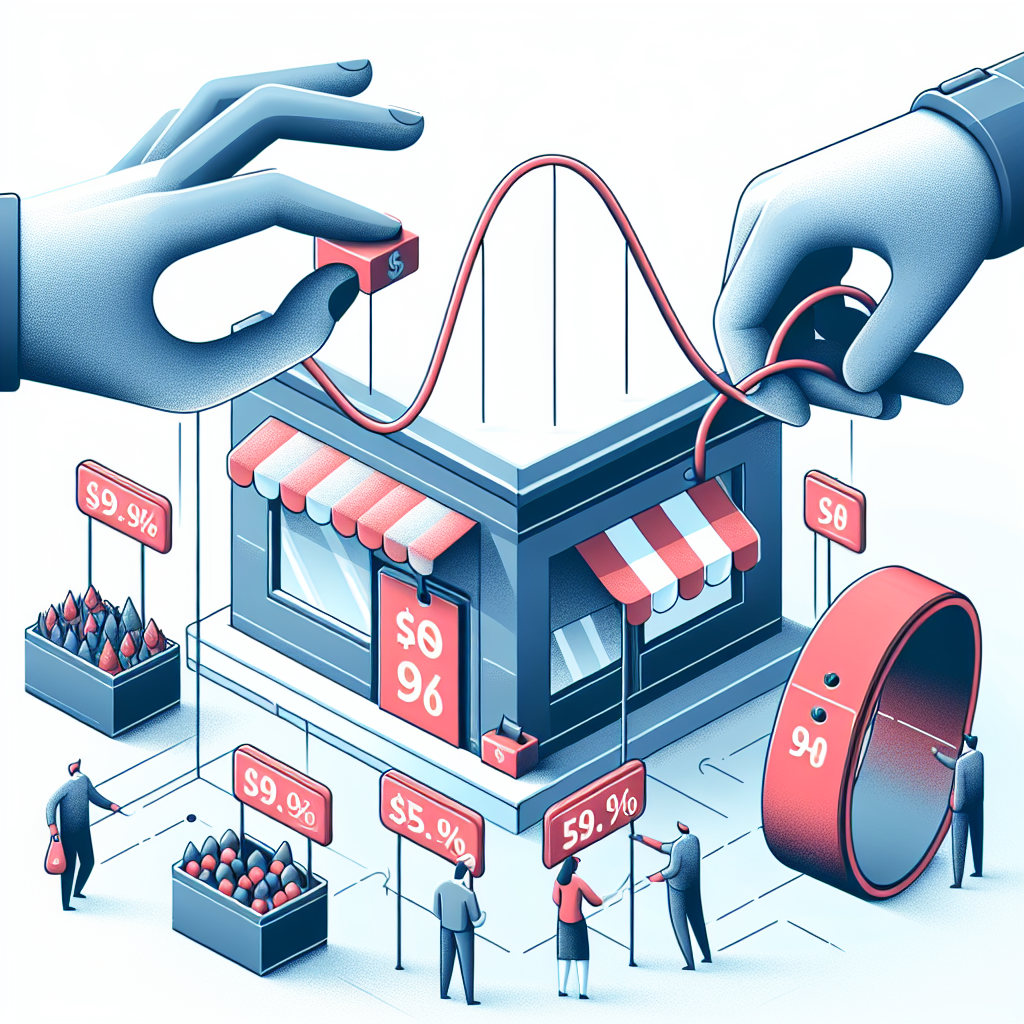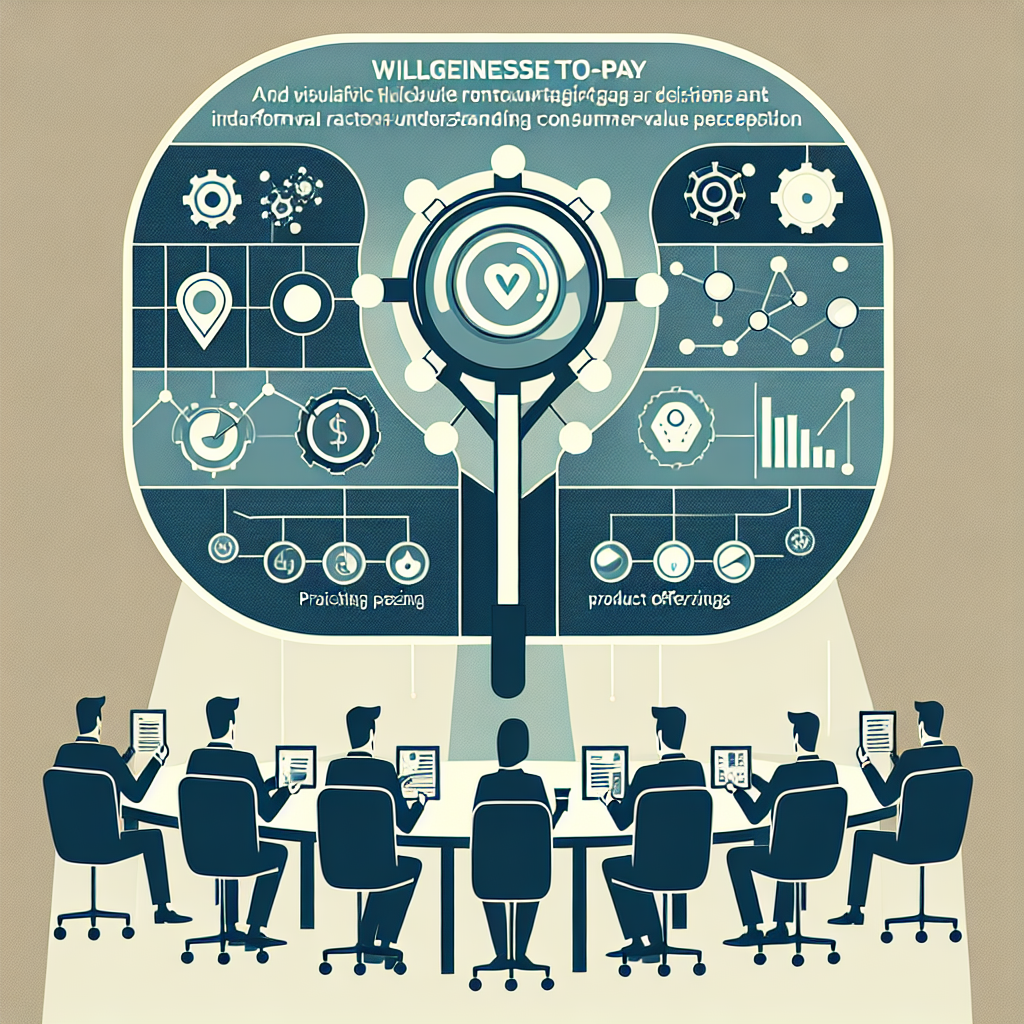The Economics of Brand Extensions: When to Expand & When to Hold Back
Introduction: The Strategic Calculus of Brand Portfolio Management
Brand extensions represent one of the most consequential strategic decisions facing CMOs, with research from McKinsey indicating that successful extensions can reduce launch costs by up to 50% while increasing success probability by 35% compared to new brand introductions. However, the failure rate for brand extensions remains stubbornly high at 70-80%, according to studies from the Harvard Business School. This paradox of opportunity and risk highlights the complex economics underlying extension strategies. A longitudinal analysis by brand economist David Aaker demonstrates that strategic extensions can contribute 38% of mature brand revenue while strengthening core brand equity by 18% when executed correctly—but can simultaneously erode brand value by 23% when misaligned with brand architecture. The digital transformation has fundamentally altered extension economics through reduced launch costs, accelerated market feedback, and sophisticated targeting capabilities. This article examines the economic frameworks guiding extension decisions, measurement methodologies for extension success, implementation strategies, common pitfalls, and the evolution of brand extension economics in the digital marketplace. By understanding the precise economic mechanisms behind successful extensions, brands can develop rigorous, data-driven approaches to portfolio expansion decisions.
1. Economic Frameworks for Extension Decision-Making
Successful brand extensions depend on structured economic analysis rather than intuitive leaps:
a) The Brand Stretch Quotient
- Brand elasticity, pioneered by Kevin Lane Keller, quantifies how far a brand can extend without dilution.
- The "fit perception threshold" determines when consumers perceive extensions as incongruent.
- Example: Apple's successful extension from computers to music (iPod) delivered a 6.7x ROI due to high elasticity in consumer electronics, while its Rokr phone partnership with Motorola failed due to elasticity boundaries in manufacturing partnerships.
b) Extension Equity Transfer Dynamics
- The bi-directional equity flow between parent brands and extensions follows measurable patterns.
- The "association strength coefficient" measures how effectively brand associations transfer to new categories.
- Example: Virgin Group's extension model yields 12-18% higher launch awareness across 400+ businesses due to their rigorous extension criteria focusing on customer advocacy opportunities and service innovation in underserved markets.
2. Quantifying Extension Economics and Performance
Modern extension strategy relies on sophisticated measurement frameworks:
a) Extension Profitability Modeling
- The Extension P&L Framework incorporates parent brand impact, cannibalization effects, and implementation costs.
- Contribution margin differentials between standalone launches and extensions average 23%.
- Example: Dyson's expansion from vacuums to air purifiers and hair dryers leveraged engineering expertise while delivering 31% higher margins than industry averages due to premium positioning and technology transfer efficiencies.
b) Brand Equity Elasticity Measurement
- Longitudinal brand tracking isolates how extensions affect consumer perceptions of the parent brand.
- The "brand feedback loop" quantifies reciprocal impacts on core offerings.
- Example: Lego's failed lifestyle extensions in the early 2000s diluted core brand associations by 17%, while their successful entertainment extensions (The Lego Movie, Lego video games) strengthened core toy sales by 14% by reinforcing creative play associations.
3. Strategic Approaches to Extension Decision-Making
Extension strategy has evolved to incorporate systematic evaluation methodologies:
a) The Category Adjacency Matrix
- Proximity mapping identifies logical extension territories based on capability overlap and brand permission.
- The "competency leverage quotient" measures the transferability of competitive advantages.
- Example: Starbucks' successful extension into ready-to-drink beverages leveraged distribution capabilities and flavor expertise, generating $1.6 billion in annual retail sales, while their Hear Music record label failed despite apparent lifestyle alignment.
b) Extension Portfolio Architecture
- The "brand stretch continuum" structures extensions from close-in to distant opportunities.
- Sub-brand strategies optimize the risk-return profile of the total brand portfolio.
- Example: Toyota's tiered brand architecture (Toyota, Lexus, formerly Scion) enables category expansion with optimized equity protection, resulting in 27% higher consumer satisfaction across segments compared to single-brand approaches.
4. Digital Transformation of Extension Economics
The digital era has fundamentally altered the economics of brand extensions:
a) Reduced Extension Cost Structures
- Digital-first extensions require 60-75% lower capital investment than traditional launches.
- Testing capabilities enable iterative approaches to market validation.
- Example: Amazon's extension from e-commerce to cloud services (AWS) began as an internal capability before becoming a $45 billion business, demonstrating how digital infrastructure enables cost-effective capability monetization.
b) Data-Driven Extension Targeting
- AI-powered market sizing models identify micro-segments for precision extension targeting.
- Predictive analytics forecast extension ROI with increasing accuracy.
- Example: Netflix's expansion into original content production utilized viewing pattern analysis to identify content white spaces, achieving a 73% success rate for new productions compared to the industry average of 30-40%.
5. Future Directions: AI-Powered Extension Strategy
Emerging technologies are transforming extension decision-making:
a) Algorithmic Brand Architecture
- AI systems can now simulate thousands of extension scenarios to optimize portfolio decisions.
- Brand association networks identify non-obvious extension opportunities beyond intuitive adjacencies.
- Example: Procter & Gamble utilizes AI-driven brand architecture modeling to evaluate extension opportunities across 65+ brands, increasing successful launch rates by 18% while optimizing resource allocation.
b) Real-Time Extension Optimization
- Dynamic pricing models adjust value extraction based on evolving extension performance.
- Continuous A/B testing refines extension positioning post-launch.
- Example: Adobe's transition from packaged software to subscription services involved real-time optimization of bundling strategies, driving a 44% increase in lifetime customer value while expanding their addressable market.
Conclusion: From Art to Science in Extension Strategy
Brand extension decisions have evolved from intuitive judgments to data-driven strategic processes. By quantifying brand elasticity, measuring bi-directional equity transfer, implementing rigorous economic models, and leveraging digital capabilities, companies can significantly improve extension success rates while mitigating dilution risks. The most successful practitioners recognize that extension strategy requires both analytical rigor and creative insight—combining economic modeling with deep consumer understanding. As AI and predictive analytics continue to advance, extension decision-making will become increasingly precise, allowing brands to identify optimal adjacent territories while preserving core equities. However, the fundamental principles of fit, relevance, and differentiation remain constant, even as methodology sophistication increases. Successful brands will balance the science of extension economics with the art of brand storytelling, creating coherent brand narratives across increasingly diverse touchpoints.
Call to Action
For marketing leaders evaluating brand extension opportunities:
- Develop a quantitative brand elasticity model specific to your category and consumer segments.
- Create a formalized extension evaluation framework that incorporates both financial projections and brand equity impacts.
- Implement longitudinal measurement systems that track bi-directional effects between extensions and parent brands.
- Establish cross-functional extension governance that balances growth objectives with brand stewardship.
- Invest in AI-powered portfolio optimization tools that can simulate extension scenarios at scale.
Featured Blogs
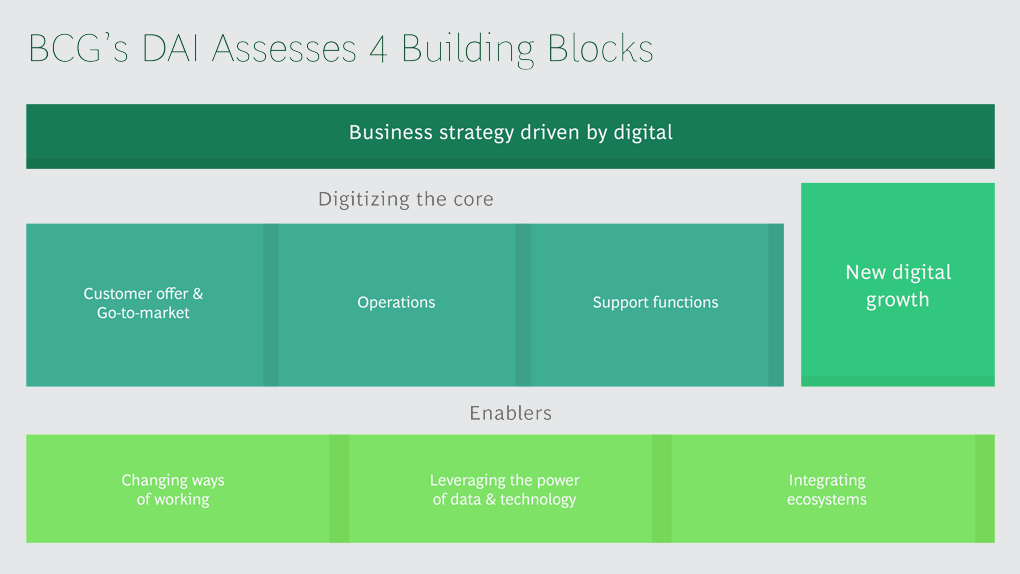
BCG Digital Acceleration Index
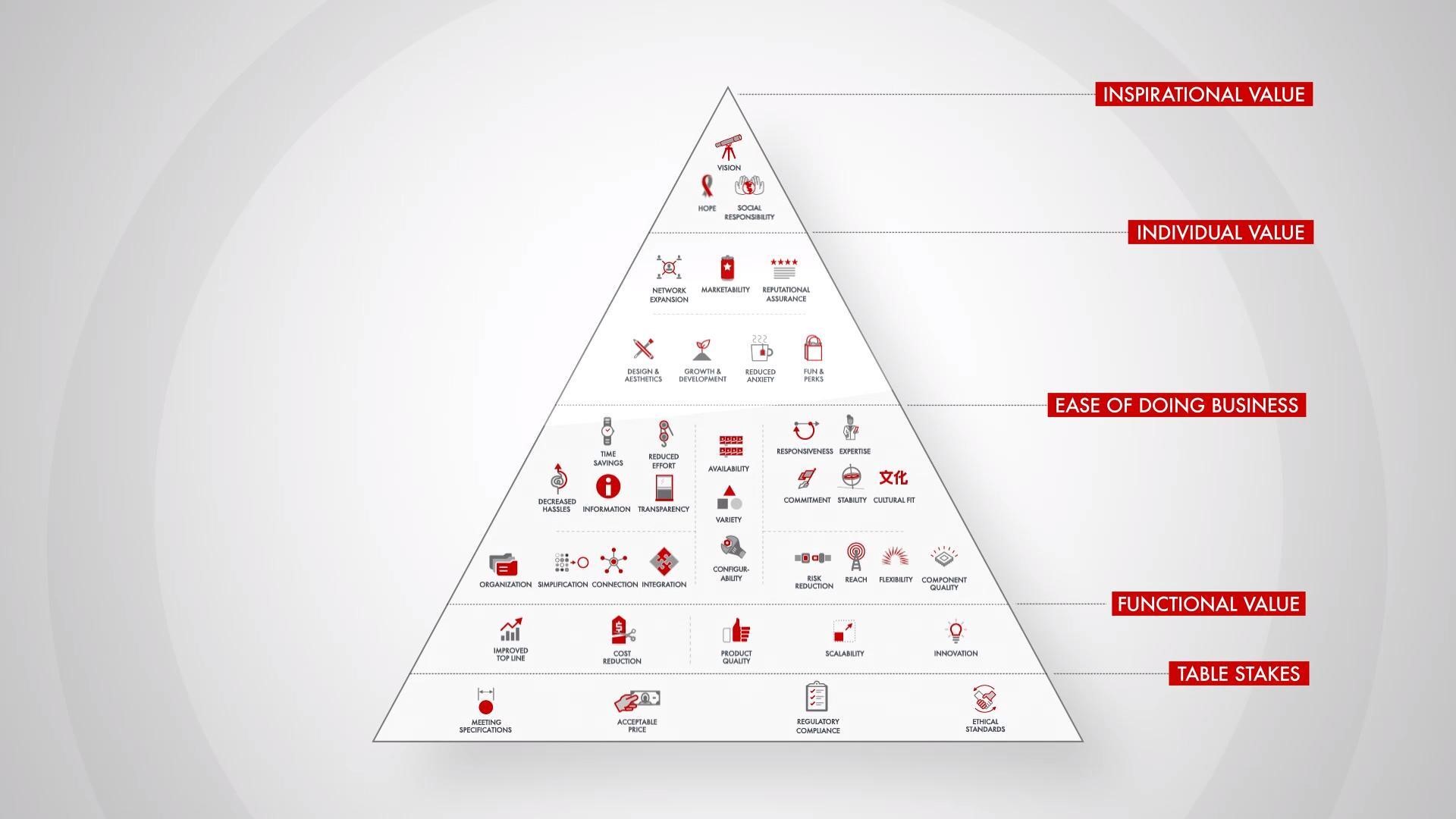
Bain’s Elements of Value Framework
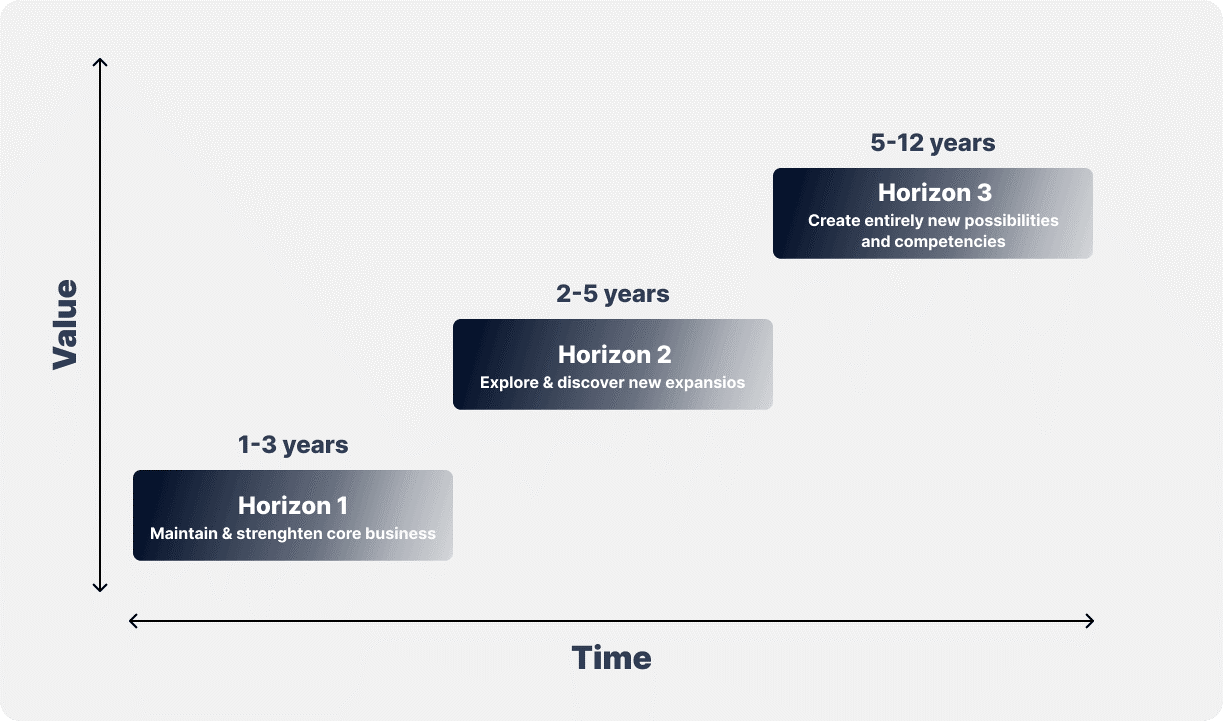
McKinsey Growth Pyramid
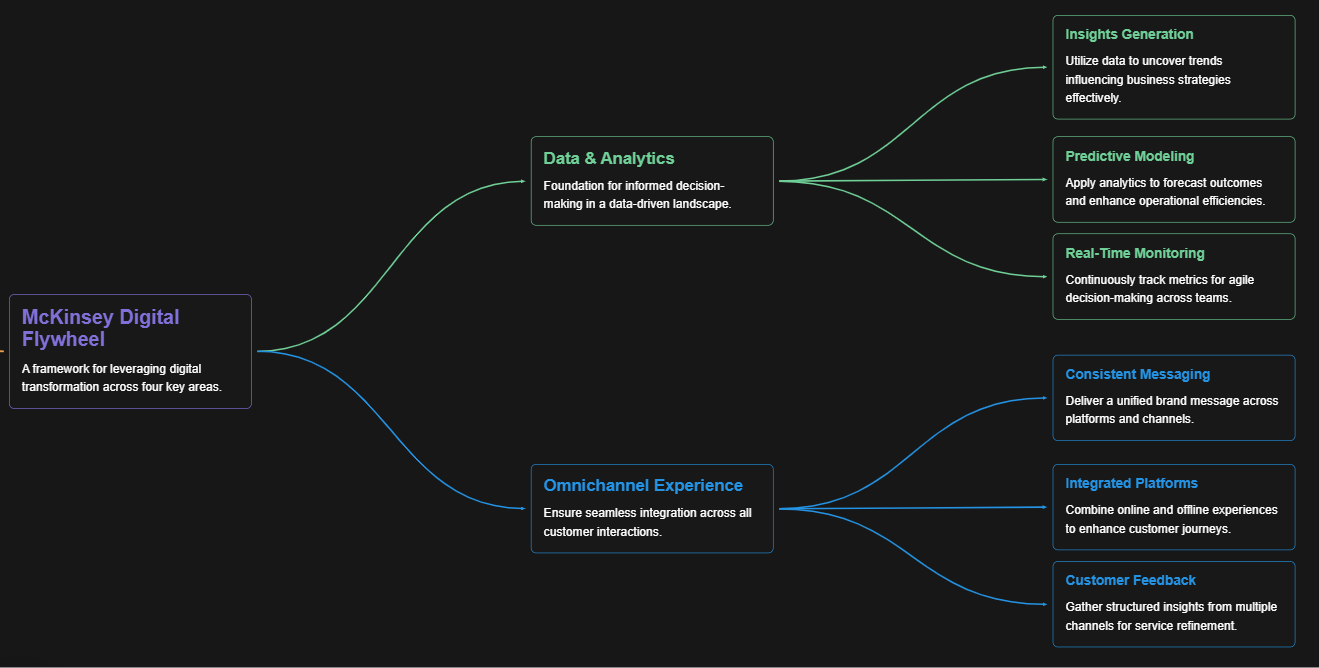
McKinsey Digital Flywheel
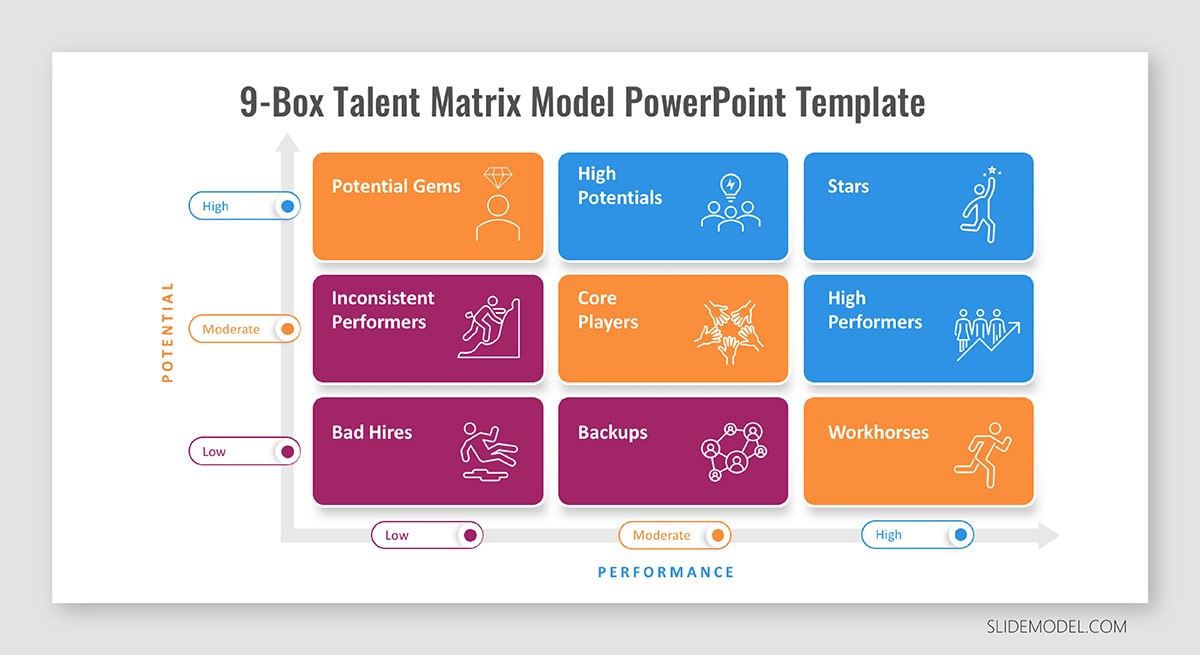
McKinsey 9-Box Talent Matrix
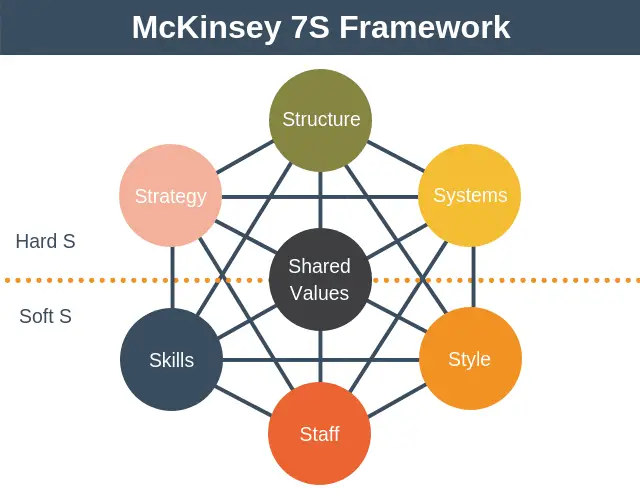
McKinsey 7S Framework
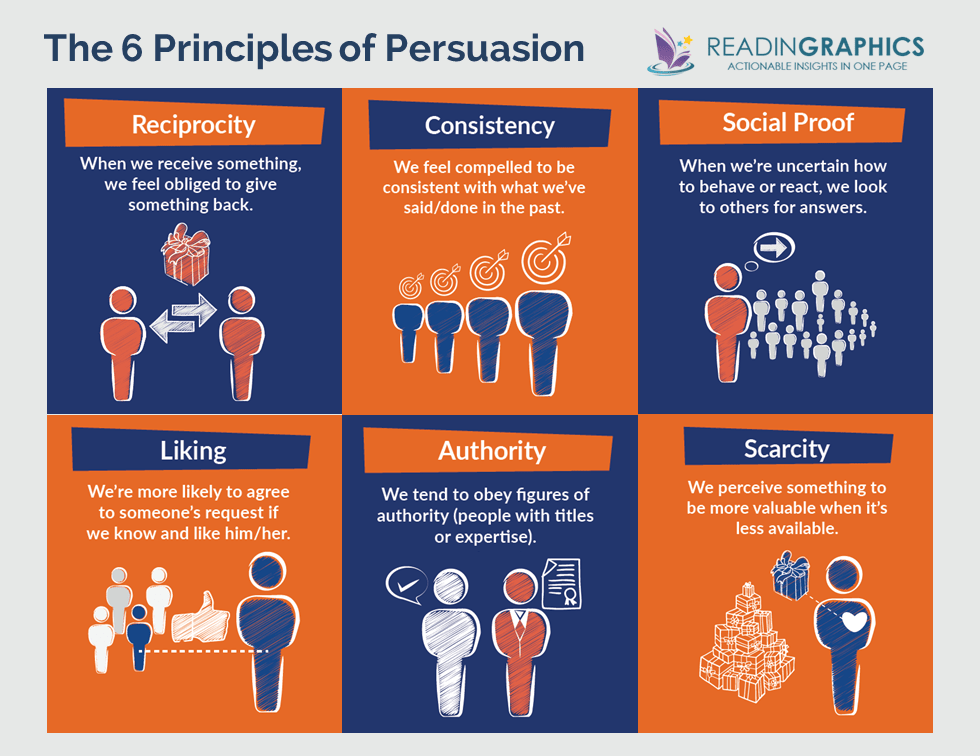
The Psychology of Persuasion in Marketing
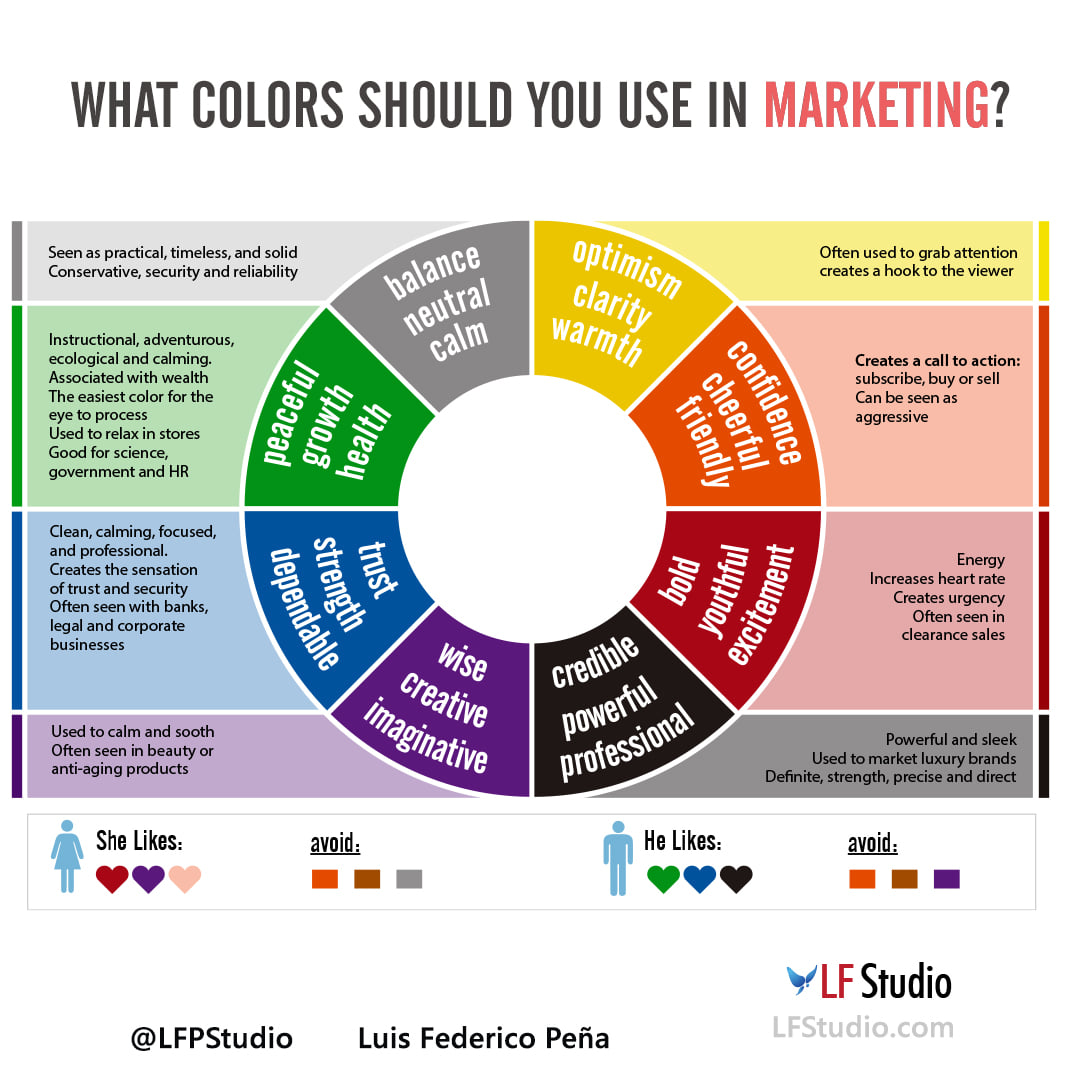
The Influence of Colors on Branding and Marketing Psychology



